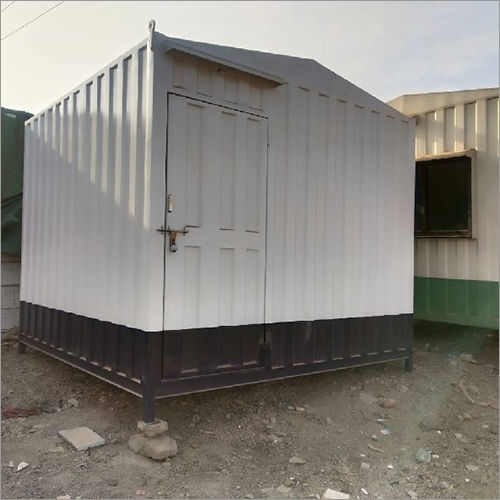Prefabricated Cabins
Product Details:
X
Product Description
Prefabricated cabins are structures that are constructed off-site in a factory or manufacturing facility, and then transported to a site for assembly. They are typically made from lightweight and durable materials, such as wood, steel, or concrete, and can be customized to fit specific design requirements.
Prefabricated cabins are commonly used for a variety of purposes, such as housing, offices, classrooms, storage, and recreational spaces. They are popular in remote or difficult-to-access locations, as they can be transported easily and quickly. They are also often used for temporary or short-term applications, as they can be disassembled and moved to a new location.
Prefabricated cabins come in a range of sizes and styles, from small, basic structures to larger and more complex designs. They can be outfitted with a variety of features, such as insulation, plumbing, heating, air conditioning, and electrical systems.
The benefits of prefabricated cabins include reduced construction time and costs, as well as increased sustainability, as they often use environmentally friendly materials and construction methods. They can also be designed to be energy-efficient, reducing long-term operating costs.
Overall, prefabricated cabins are a flexible and practical solution for a variety of housing and shelter needs, providing a durable and comfortable living or working space in a timely and cost-effective manner.
Enter Buying Requirement Details


